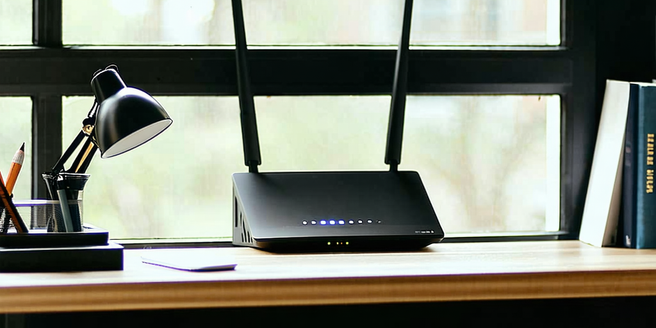Avoiding Common Wi-fi Installation Mistakes

Understanding Your Internet Needs
Before setting up your Wi-Fi network, it’s crucial to understand your internet needs. Consider the number of devices that will be connected and the types of activities you will be doing online. Streaming, gaming, and video conferencing require higher bandwidth compared to simple browsing or checking emails. Assessing your household’s internet usage helps in determining the appropriate speed plan and equipment. Investing in a plan that matches your needs ensures seamless connectivity and prevents bottlenecks. It’s also essential to consider future requirements, especially if you plan to expand your smart home devices. This understanding sets the foundation for a reliable and efficient network, avoiding potential issues that come with under or overestimating your internet needs.
Choosing the Right Router Location
Positioning your router correctly can significantly impact your Wi-Fi’s performance. Ensure it’s located in a central area to distribute the signal evenly throughout your space. Avoid placing the router in a closet or behind furniture, as physical barriers can weaken the signal. Elevating the router to a higher shelf can also enhance coverage by reducing interference from furniture or appliances. Consider the layout of your home; open spaces tend to support better signal propagation. Experiment with the orientation of the router’s antennas to further optimize signal reach. Additionally, be mindful of walls made of concrete or metal, which can obstruct or reflect signals, respectively. By strategically placing your router, you ensure optimal coverage and a stable connection, reducing the chances of dead zones.
Avoiding Interference from Other Devices
In a typical household, various devices can interfere with your Wi-Fi signal. Microwaves, cordless phones, and Bluetooth devices often operate on the same frequency as routers, causing potential disruptions. To minimize interference, consider using dual-band routers that offer both 2.4 GHz and 5 GHz frequencies, allowing you to switch bands when necessary. Ensuring your router firmware is up to date can also improve performance and reduce interference issues. Position your router away from known sources of interference, and avoid overlapping frequencies, particularly in densely populated areas. Utilizing less congested channels can help enhance network stability. By being aware of and managing potential sources of interference, you ensure a more reliable and robust Wi-Fi experience.
Securing Your Wi-fi Network Properly
A secure Wi-Fi network is crucial in protecting your data from unauthorized access. Begin by changing the default password on your router to a strong, unique passphrase combining letters, numbers, and symbols. Make sure to choose a password that isn’t easily guessed by others. Enable WPA3 or WPA2 encryption to ensure data transmitted over your network is protected. Regularly update your router’s firmware to safeguard against vulnerabilities. Additionally, it’s wise to check your network for unauthorized devices periodically. Implementing a guest network can keep your primary network secure by isolating external devices. Disable remote management features unless necessary, to prevent potential external threats. By taking these security measures, you fortify your network against breaches, ensuring peace of mind for the users.
Regularly Updating Your Equipment
Keeping your Wi-Fi equipment updated is vital for maintaining network performance and security. Router manufacturers frequently release firmware updates that address security vulnerabilities and improve performance. Schedule regular checks for updates and apply them promptly. Additionally, assess the age and model of your equipment. If your router is several years old, it might be time for a replacement to keep up with technological advancements. It’s also important to regularly change your Wi-Fi passwords to prevent unauthorized access. Older routers may not support the latest technology, leading to slower speeds and connectivity issues. Consider upgrading to a more advanced model that supports the latest Wi-Fi standards for better efficiency and speed. Regular maintenance and updates of your equipment maximize network performance and security, ensuring a smooth internet experience.